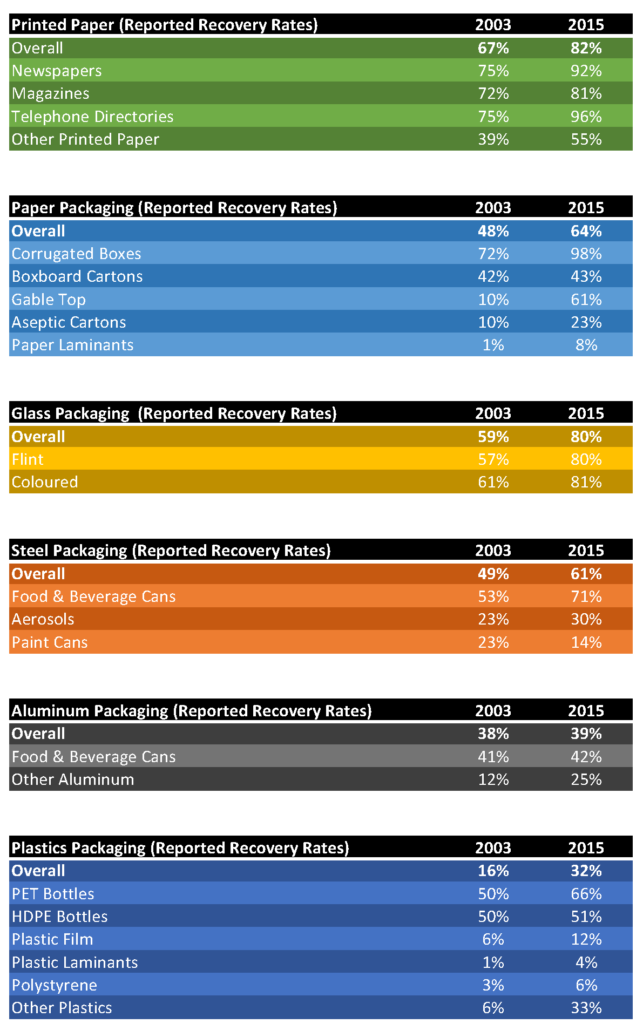Pitting Packaging Materials Against Each Other Misses the Bigger Picture
Recent media articles on the potential of paper packaging to replace some of the single-use plastic items being banned in Canada, such as shopping bags and take-out food containers, miss the bigger picture of waste management and consumption in Canada. Some articles have shared concerns raised by some environmentalists about shifting from plastic to paper packaging […]
Pitting Packaging Materials Against Each Other Misses the Bigger Picture Read More »










